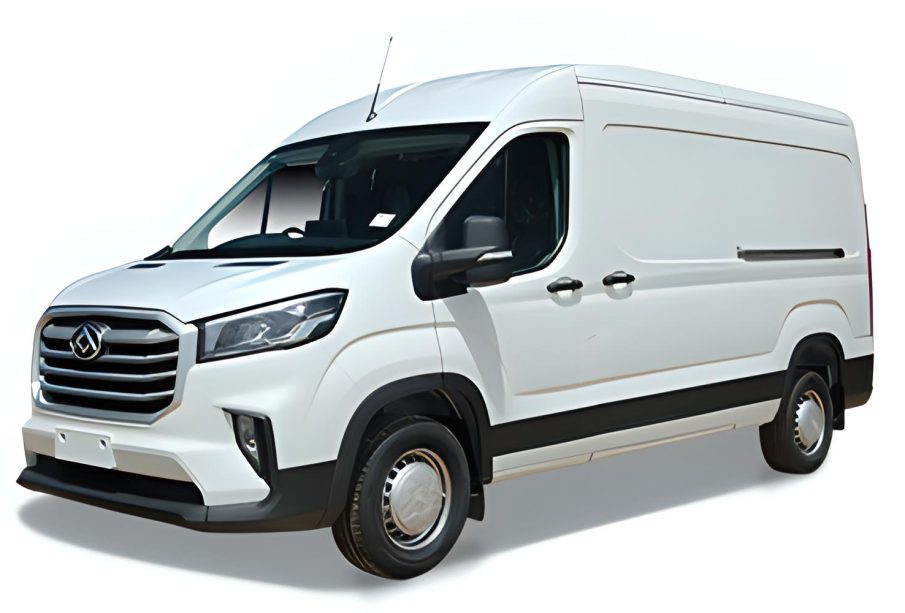The Revolution of Delivery Services in Modern Times

Introduction
In the age of instant gratification, delivery services have become a cornerstone of our daily lives. From food and groceries to parcels and documents, the convenience of having items brought directly to our doorstep has transformed consumer behaviour. With the advent of technology, the delivery landscape has rapidly evolved, making it crucial to understand current trends and practices.
Current Trends in Delivery Services
Over the last few years, particularly accelerated by the COVID-19 pandemic, there has been a significant rise in the demand for various delivery services. According to a report by the Office for National Statistics (ONS), online shopping in the UK surged by 30% in 2020, pushing businesses to adapt their delivery methods to cater to this new level of consumer expectation.
One of the most notable trends is the increasing popularity of same-day delivery options, which have been embraced by many retailers. Companies like Amazon, Deliveroo, and Just Eat have pioneered this service, demonstrating that delivering goods quickly can lead to increased customer satisfaction and retention. In some urban areas, customers can receive their orders within a matter of hours, a service that was unimaginable a decade ago.
Technological Advancements Driving Delivery
Technological advancements have played a pivotal role in the evolution of delivery services. The integration of AI and machine learning has allowed companies to streamline their logistics, predicting demand and optimising delivery routes. Moreover, the use of drones and autonomous vehicles is on the horizon, potentially revolutionising how goods are transported.
Furthermore, the rise of mobile apps has simplified the ordering and tracking process for consumers. Users can now place orders, receive real-time updates, and even communicate with delivery personnel through their smartphones, making the experience seamless and efficient.
Environmental Considerations
As the delivery industry evolves, so too does the responsibility towards sustainability. Many companies are now exploring eco-friendly delivery options to reduce their carbon footprints. Initiatives such as electric delivery vehicles and partnerships with local courier services to cut down on emissions are becoming common practice.
Conclusion
The landscape of delivery services is continually changing, driven by consumer demands and technological innovation. As we look to the future, companies that prioritise speed, efficiency, and sustainability will likely thrive in this competitive market. For consumers, understanding these trends will not only enhance their shopping experience but also promote a more sustainable approach to shopping in the long run. As delivery services become ever more integral to our lives, staying informed on these developments will be essential.









